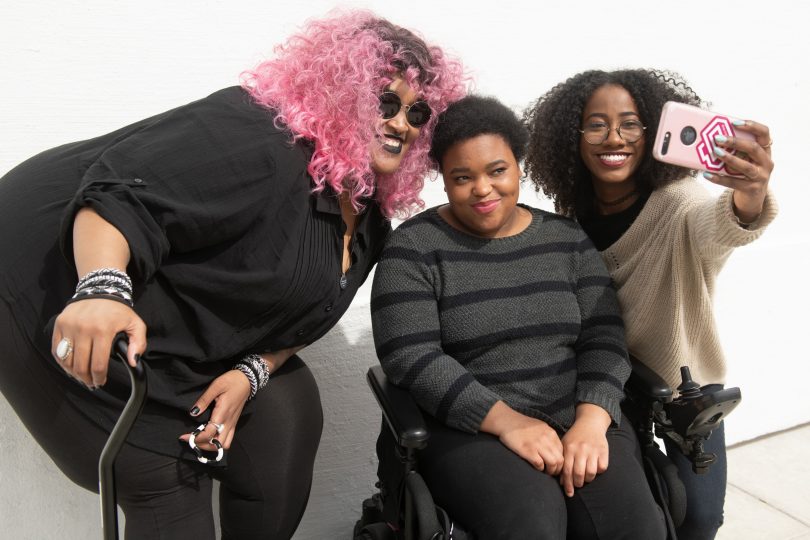The War on Drugs was an exercise in futility that only served to deepen the inequalities that exist in American society. It has overwhelmingly failed to reduce drug distribution and consumption.
In the US, despite similar rates of consumption and sales across racial and ethnic lines, African Americans are 4x more likely to be arrested for a cannabis offense.
A 2020 Times Union Review article revealed that, of cannabis-related arrests in Albany, New York, 97% percent of those arrested or ticketed were Black. This means that historical injustice is still rife.
If the legal cannabis industry is to achieve all that it was intended to achieve, BIPOC communities must be prioritized and this can only be done though representative leadership.
In other words, legalization in and of itself is not paramount to social justice.
Michelle Alexander in The New Jim Crow illustrates how black and brown communities have paid the highest price for the War on Drugs. This includes enduring massive arrests, jail terms, and hefty fines. As much as cannabis is now “legal” in several states, the BIPOC community is still negatively affected.
How so?
A cannabis-related offence on one’s record means:
- Limited eligibility for public housing
- Limited access to student financial aid
- Limited access to employment opportunities
- Negative effects on child custody determinations
- Negative effects on immigration status
In short, a cannabis-related offence could completely lock one out of any career or personal advancement opportunities. Unfortunately, this includes accessing the legal cannabis industry.
Additionally, a biased media who convey a message of criminality in relation to cannabis use haunts the BIPOC community. Hence, even when an injustice has been meted out it is made to appear as if it was “rightfully deserved.”
When it comes to females in the cannabis industry, the story of being locked out of leadership roles is all too familiar. The exact statistics on female executives in the industry is unclear, but some sources show that it is wanting with a mere 17% representation.
The factors mentioned above spell out one thing: the need for female and BIPOC leaders in the cannabis industry to tackle these historic injustices.
Image Credit: Disabledandhere
Image Source: https://upload.wikimedia.org/wikipedia/commons/f/fd/Landscape_Closeup_of_Disabled_BIPOC_Taking_a_Selfie.jpg










